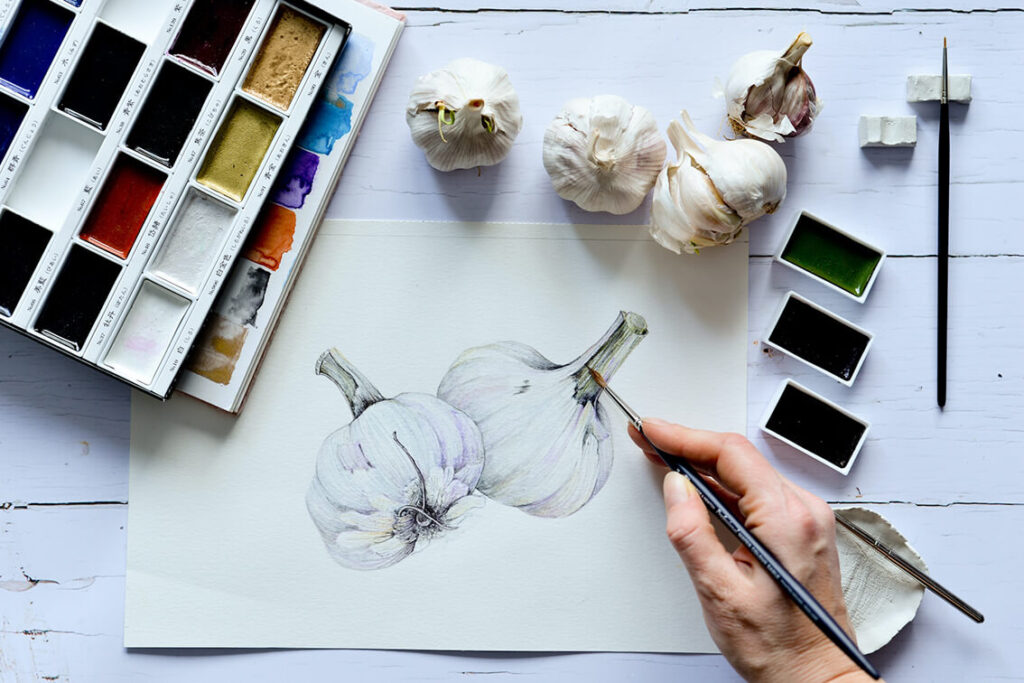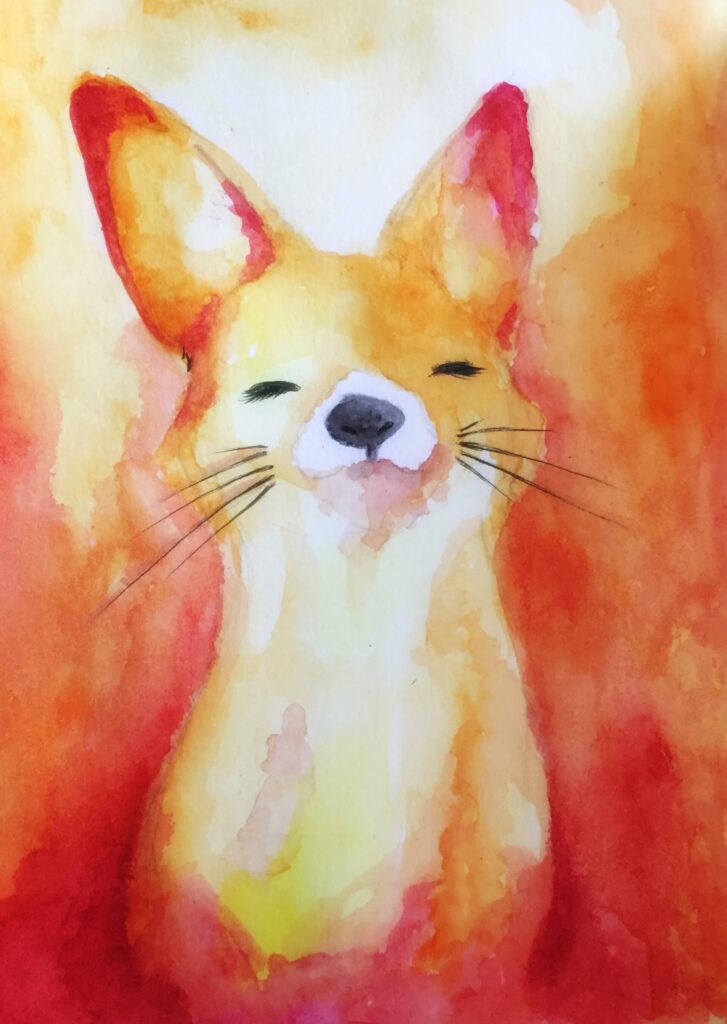10 Watercolor Tips from Professionals

Watercolor painting is renowned for its delicate beauty and the ability to create soft, ethereal effects. However, mastering this medium can be challenging. Whether you’re a novice or an experienced artist looking to refine your skills, understanding some key techniques and watercolor tips from professionals can make a significant difference. In this post, we’ll explore essential watercolor tips that can help elevate your artwork and bring your watercolor paintings to life. Here follows the best watercolor tips!
1. Choose Quality Materials
The foundation of any successful watercolor painting starts with high-quality materials. Invest in artist-grade watercolor paints, as they offer better pigmentation and blendability than student-grade versions. Similarly, choose a good quality watercolor paper—ideally 100% cotton, which can handle multiple washes without warping or degrading. Brushes should be made from natural or high-quality synthetic fibers to ensure they hold paint well and maintain their shape. Get your finest watercolor brushes from Rosemary & Co.
2. Understand Water Control
One of the most critical aspects of watercolor painting is mastering water control. The amount of water you use can dramatically affect the outcome of your painting. Practice controlling the amount of water on your brush to create various effects. For a softer, more diffused look, use more water. For more defined lines and details, use less water. Experiment with different ratios to see how they affect your paint application.
3. Practice the Wash Techniques
Watercolor washes are fundamental techniques that create the basis for many paintings. There are three primary types of washes:
- Flat Wash: Evenly applied layer of color over a large area. Ideal for backgrounds and large sections.
- Graded Wash: A gradient of color that transitions from dark to light. Useful for creating depth and dimension.
- Variegated Wash: A blend of multiple colors that merge together. Adds interest and complexity to your painting.
Practicing these washes will help you achieve smooth color transitions and add variety to your work.
4. Embrace the “Wet-on-Wet” Technique
The “wet-on-wet” technique involves applying watercolor to a wet surface, allowing colors to blend and flow freely. This method is perfect for creating soft edges, atmospheric effects, and blending colors seamlessly. To use this technique, wet your paper or canvas before applying paint. Experiment with how colors interact when applied to wet surfaces to discover new and exciting effects.

5. Experiment with Textures
Creating texture can add depth and interest to your watercolor paintings. There are several ways to achieve various textures:
- Salt Texture: Sprinkle salt onto wet paint to create interesting, granular effects as the salt absorbs the water and pigment.
- Sponging: Use a sponge to dab on paint, creating a textured surface.
- Lifting: Use a clean, damp brush or paper towel to lift paint off the paper for highlights and texture.
Each method can give your painting a unique feel, so don’t be afraid to experiment and find what works best for your style.
6. Plan Your Composition
Before starting your painting, plan your composition carefully. Consider sketching a rough outline to guide your work and help you decide on the placement of your elements. Think about the balance of your colors and how they will interact throughout the piece. A well-thought-out composition can help you avoid common pitfalls and ensure your painting has a strong visual impact.
7. Work in Layers
Watercolor painting often involves working in layers to build up color and depth. Start with light washes and gradually add darker layers as needed. Allow each layer to dry completely before adding the next to avoid muddiness and maintain clarity. Building up layers can help you achieve more nuanced and complex colors.
8. Utilize Masking Techniques
Masking techniques can help you preserve areas of your painting that you want to keep white or unpainted. Use masking fluid to cover these areas before you start painting. Once your painting is dry, gently remove the masking fluid to reveal the untouched areas. This technique is particularly useful for creating detailed highlights and preserving the integrity of your composition.
9. Stay Patient and Persistent
Watercolor painting requires patience and persistence. Colors can change as they dry, and it may take several attempts to achieve the desired effect. Don’t be discouraged by initial challenges. Continue practicing, experimenting, and learning from each piece you create. Over time, you’ll develop a deeper understanding of the medium and refine your techniques.
10. Seek Inspiration and Feedback
Finally, seek inspiration from other watercolor artists and be open to feedback. Look at a variety of watercolor paintings to understand different styles and techniques. Join art communities, participate in workshops, and seek constructive criticism from peers. Engaging with other artists can provide valuable insights and encourage your growth as a watercolor painter.
Conclusion
Mastering watercolor painting takes time, practice, and a willingness to experiment. By following these professional tips, you can develop your skills and create beautiful, dynamic watercolor artworks. Remember to be patient with yourself, stay curious, and enjoy the process of discovery. Happy painting!

